- US President Donald Trump
- 2 April 2025
- American Industry
- broad new tariff policy
- duty
- imports
- India
- 26 percent
- ‘discounted' reciprocal tariffs
- China
- Countries
- auto industry
- ancillary
- ACMA
US President Donald Trump Announces Retaliatory Tariffs; Indian Government Carefully Examining The Implications
- By Bhushan Mhapralkar
- April 03, 2025
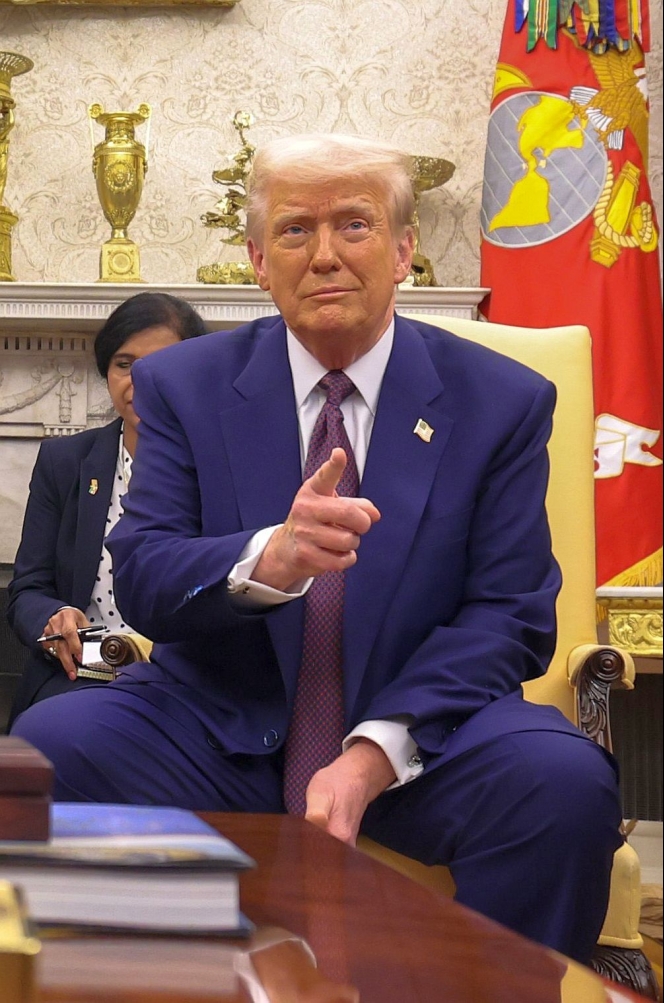
After terming India’s import duty barriers high for some time, US President Donald Trump has expressed that 2 April 2025 will be remembered as the day the American industry was reborn as his government announced a broad new tariff policy that imposes at least a 10 percent duty on nearly all imports from certain countries. In the case of India, the policy speaks of 26 percent ‘discounted' reciprocal tariffs. The tariff on China, on the other hand, is 34 percent.
Aimed at protecting American farmers and ranchers, according to Trump, the broad-based tariff policy is also being termed as ‘national emergency’ driven in view of the ongoing trade deficits, which hit a record USD 1.2 trillion in 2024.
The German auto industry has reacted to the US policy by stating that it 'will only create losers'. While the Asian stock markets have shrunk in response to the announcement, the Indian Ministry of Commerce is analysing the impact of the 26 percent ‘discounted’ tariff announcement.
Mentioning in its statement that it understands the intent of the US administration to boost domestic manufacturing and address trade imbalances, the Indian auto components apex body ACMA (Automotive Component Manufacturers Association of India) has said that autos and auto parts as well as steel and aluminium articles are already subject to Section 232 tariffs at 25 percent announced earlier by the US President’s order on 26 March 2025. A detailed list of auto components that will be subject to 25 percent import tariff is awaited, it mentioned.
Shraddha Suri Marwah, President, ACMA and CMD, Subros Ltd, averred, “ACMA remains hopeful that the ongoing bilateral negotiations between the Indian and U.S. governments will lead to a balanced resolution that benefits both economies. We believe that the strong trade relationship between India and the United States, especially in the auto components sector, will encourage continued dialogue to mitigate the impacts of these measures. ACMA is committed to engaging with all stakeholders to ensure the long-term interests of the Indian auto component industry.”
Saurabh Agarwal, Partner and Automotive Tax Leader, EY India, observed, "With US automotive tariffs rising, India's electric vehicle sector has a prime opportunity to capture a larger share of the US market, especially in the budget car segment.” He drew attention to the fact that China's 2023 auto and component exports to the US stood at US$17.99 billion whereas India's were only US$2.1 billion in 2024, highlighting the potential for growth. “To accelerate this, the government should enhance the PLI scheme by including more auto components, opening it to new players, and extending it by two years,” he added.
Mrunmayee Jogalekar, Auto and FMCG Research Analyst, Asit C Mehta Investment Interrmediates Ltd, expressed, “Certain sectors such as auto and auto ancillary, which are already subject to a separate 25 percent tariff announced in March are exempt to the levy of reciprocal tariffs. This means no additional tariffs will be imposed on this sector.”
Stating that other exempted segments include copper, pharmaceuticals, semiconductors, critical minerals and energy products, she informed,
“Since import duties apply to all trading partners, the extent of impact will vary across sectors and countries based on competitive advantages.” “For the Indian auto component industry, which derives around 30 percent of its revenue from exports, with 30 percent of that coming from the US, this could result in a potential hit on sales or profit margins,” she added.
In FY2024, ACMA reported that India exported USS$ 6.79 billion worth of auto components to the US. It imported only USS 1.4 billion, resulting in a substantial trade surplus in India's favour.
Against the backdrop of the broader tariff policy that speaks of a 26 percent duty of Indian exports to US, the discussion between Indian and the US regarding the bilateral trade agreement will assume importance as well as urgency. For US automotive companies to find their way to the Indian market despite their near cult status – the likes of Harley Davidson and Tesla – will only mean facing a competition that is stiffer than expected and a customer mindset that is far different from how it is in the US.
Srikumar Krishnamurthy, Senior Vice-President & Co-Group Head, Corporate Ratings, ICRA, said, "The US Government has imposed a 25 percent tariff on passenger vehicles (sedans, sport utility vehicles, crossover utility vehicles, minivans and cargo vans) and light trucks (collectively referred to as automobiles), which come into effect from 3 April 2025. As the PV exports from India to the USA represent less than 1 percent of the total PV exports, the tariff imposition of the tariff does not have any material impact on the Automotive OEMs. The scenario is however different for auto components. On 12 March 2025, a 25 percent tariff was imposed on all aluminium and steel components being imported into the US. Subsequent to this, on 26 March 2025, a 25 percent tariff was imposed on other key auto parts as well (including engines, transmissions, powertrain components and key electrical parts except those under USMCA), with processes to expand tariffs on additional parts, if necessary. The effective date is pending but is expected to be no later than 3 May 2025. Auto components have not featured in the latest set of additional tariff announcements that has been made on 2 April 2025. India’s auto components exports accounted for around 29 percent of industry revenues in FY2024. Of this, about 27 percent went to the US. While the situation is evolving, the recent tariff related development and the consequent inflationary pressures and slowdown in demand in the US could have a negative impact on revenue and earnings for component exporters (in the affected product categories) over the next few months. Nevertheless, with higher tariffs being levied on other competing nations, this could also create long-term opportunities for the exporters. Exporters dependent on the US are also trying to diversify their revenue base across other geographies (including Asia). Measures to improve value addition, diversification into non-auto segments and cost-optimisation strategies are also being worked upon to reduce the potential impact on margins.
Image for representative purpose only.
Rural Demand Drives PV Retail Sales In CY2025, Barring Construction Equipment All Segments In The Green
- By MT Bureau
- January 07, 2026

The Federation of Automobile Dealers Associations (FADA), the apex body representing automobile dealers in the country, recently released retail sales data for the 2025 calendar year, reporting total registrations of 2,81,61,228 units, which was 7.71 percent higher over the 2,61,45,206 units recorded in 2024.
The apex body stated that 2025 was characterised by two distinct periods, with sales remaining muted from January to August before an upturn from September to December following the implementation of GST 2.0.
In the Passenger Vehicle (PV) segment, annual retail sales reached 44,75,309 units, a growth of 9.70 percent. Data indicated that rural markets outperformed urban areas, with rural PV sales rising by 12.31 percent compared to 8.08 percent in cities.
Two-wheeler (2W) segment saw registrations of 2,02,95,650 units, up 7.24 percent, while the Three-Wheeler (3W) and Commercial Vehicle (CV) sectors grew by 7.21 percent and 6.71 percent respectively. The Tractor segment recorded the highest growth rate at 11.52 percent, totalling 9,96,633 units. Conversely, Construction Equipment (CE) was the only category to decline, falling 6.67 percent to 74,029 units.
For December 2025, total vehicle retail reached 27,10,698 units, a 12.27 percent increase over December 2024. Inventory levels for Passenger Vehicles stood at 30–35 days, while Two-Wheeler inventory was maintained at 20–25 days. FADA noted that the year-end performance was supported by aggressive original equipment manufacturer (OEM) schemes and improved consumer sentiment.
C S Vigneshwar, President, FADA, said, “CY’25 has been a year of resilience and ultimate recovery for the Indian Auto Retail. While the first eight months were overshadowed by high interest rates, inflationary pressures and election-related caution, the final four months - post the introduction of GST 2.0 - acted as a catalyst. The reduction in effective tax rates on vehicles not only made mobility more affordable but also reinvigorated a market that was showing signs of fatigue. Rural India has emerged as the clear driver of growth this year. The double-digit growth in Tractors and the fact that Rural PV sales outpaced Urban by a significant margin confirms that the Bharat story is strengthening. We are seeing a structural shift where personal mobility is becoming a necessity in the hinterlands, supported by better crop realisations and improved infrastructure.”
Looking ahead to January 2026, FADA maintains a cautious outlook due to the high base effect from the previous year and the conclusion of year-end discount cycles. The association expects the market to enter a period of stabilisation as dealers focus on liquidating remaining 2025 stock.
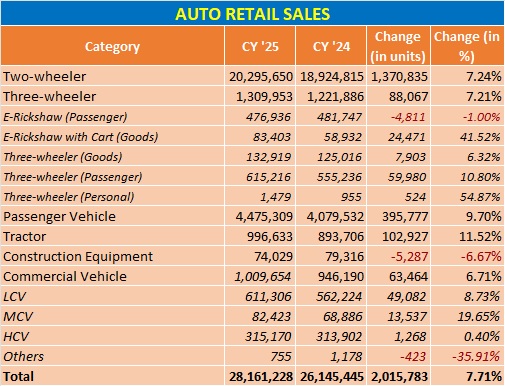
Tarun Garg Takes Charge As Hyundai Motor India’s First Indian MD & CEO
- By MT Bureau
- January 01, 2026
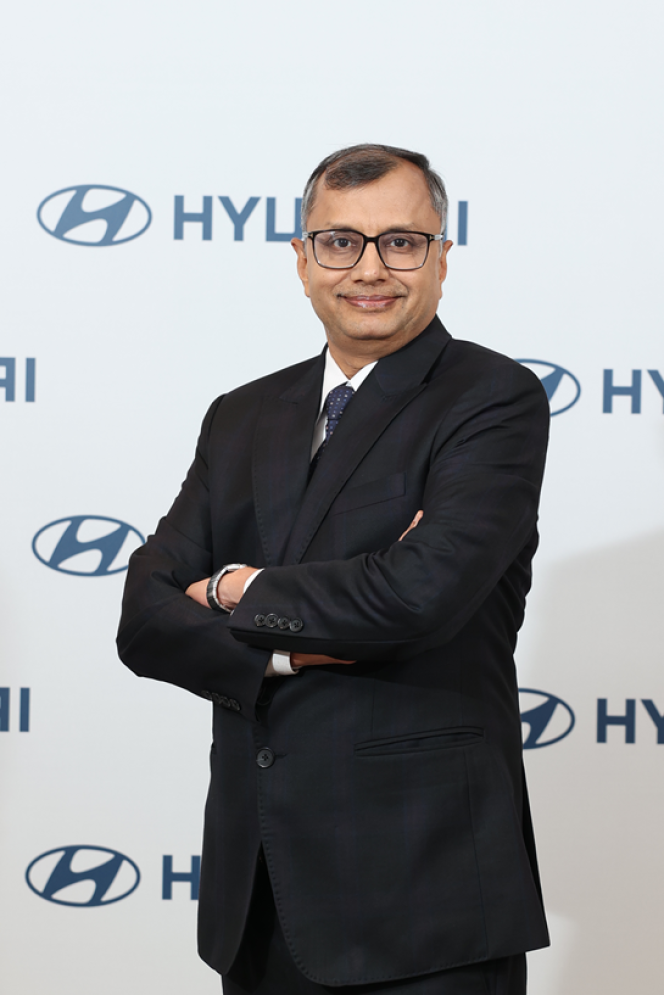
Hyundai Motor India (HMIL), one of the leading passenger vehicle manufacturers, has announced that Tarun Garg has assumed the role of Managing Director and Chief Executive Officer, effective today.
With this, Garg becomes the first Indian national to lead the company since its inception 29 years ago. He comes with over 32 years of experience in the automotive industry and previously served as the Chief Operating Officer of Hyundai Motor India. His appointment comes as the company prepares for its next phase of growth in India.
HMIL has outlined an investment roadmap of INR 450 billion to be implemented by FY 2030. Under Garg’s leadership, the company will focus on four pillars:
- Future-Ready Strategy: Acceleration of electric vehicles, hybrids and connected mobility.
- People and Market Focus: Support for employees and the network of dealers and suppliers.
- Customer-Centric Approach: Building trust and experience across touchpoints.
- Production and Exports: Enhancing indigenisation at plants and positioning HMIL as a hub for exports to emerging markets.
“India’s automotive industry is at an exciting inflection point, driven by innovation, sustainability, and evolving customer aspirations. It is an extraordinary honour to lead Hyundai Motor India at this defining moment in our three-decade long journey. My vision is to build on our strong foundation while accelerating HMIL’s transformation towards sustainable growth, technological leadership, and unmatched customer delight. We will continue to reinforce our commitment to ‘Make in India’ and position HMIL as a global hub for exports. Aligned with Hyundai’s global vision of ‘Progress for Humanity,’ we will strengthen Hyundai’s legacy and create meaningful mobility solutions that not only empower people but also connect communities and enrich lives. The future is ours to build and I am committed to leading HMIL with agility, conviction and purpose,” said Garg.
During his time as Chief Operating Officer, HMIL reported record sales for three years and completed an IPO in 2024. Garg also launched the ‘Samarth by Hyundai’ initiative to improve accessibility for people with disabilities.
Before joining HMIL, Garg held positions at Maruti Suzuki India, including Executive Director of Marketing, Logistics, Parts and Accessories. He is a mechanical engineer from Delhi Technological University and holds an MBA from IIM Lucknow.
Mahindra Bets On Mobility Innovation And Skills As Automotive Outlook Turns Transformative
- By MT Bureau
- December 31, 2025
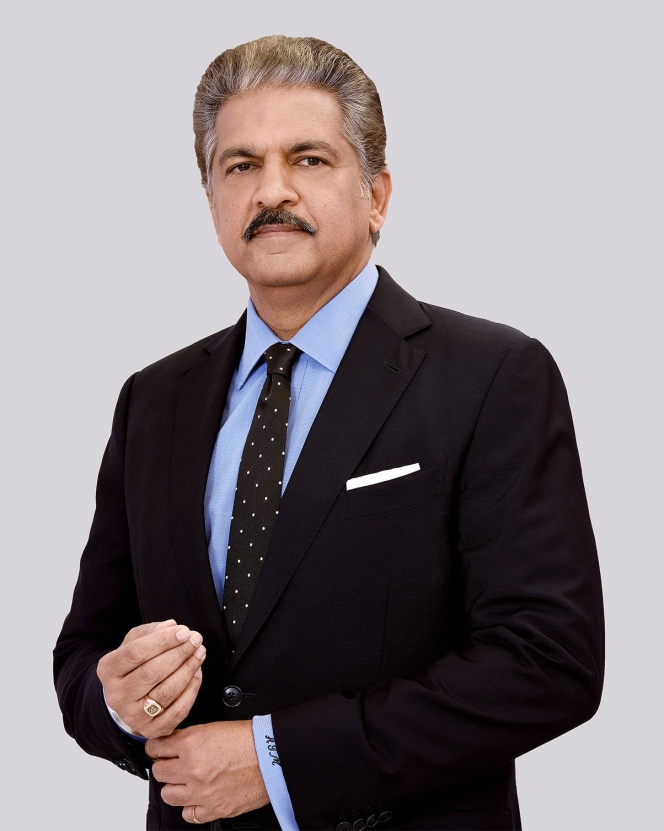
Mahindra Group Chairman Anand Mahindra has struck an upbeat yet reflective note on the automotive industry’s outlook, signalling confidence in demand, technology-led disruption and India’s growing role in shaping the future of mobility. In a year-end address to employees, Mahindra underlined that the Group’s recent performance is less about short-term numbers and more about structural shifts underway in the business and the broader industry.
The Group’s automotive operations stood out in what Mahindra described as a year of ‘market leadership and redefined expectations’.
Mahindra & Mahindra’s SUV portfolio delivered a record market share, consolidating the company’s position in one of India’s most competitive and fast-evolving segments. The performance, he suggested, reflects a sharper understanding of consumer aspirations rather than cyclical tailwinds.
Beyond passenger vehicles, Mahindra’s farm equipment business recorded its highest-ever quarterly market share, while its electric three-wheeler business retained leadership in a crowded and price-sensitive market. Together, these segments underline the Group’s diversified exposure to rural demand, urban mobility and electrification – three pillars that continue to define India’s automotive growth story.
Mahindra framed these achievements as ‘launchpads’, arguing that the Indian automotive industry is entering a phase where execution and innovation matter more than legacy positioning. Once known primarily for rugged, utilitarian products, Mahindra is now increasingly associated with modern design, connected technologies and electric mobility.
“EVs did not just change our portfolio; they changed the conversation,” he said, signalling that electrification has become central to the Group’s identity rather than an adjunct strategy.
This shift mirrors broader trends across the Indian automotive sector, where OEMs are balancing near-term internal combustion engine demand with longer-term bets on electric platforms, software-defined vehicles and advanced manufacturing. Mahindra’s message suggests confidence that Indian players can compete not just on cost, but on technology and relevance.
A significant part of Mahindra’s outlook is shaped by the rapid advance of artificial intelligence and automation. While AI is often seen as a disruptive force for manufacturing jobs, Mahindra offered a contrarian view, particularly relevant for automotive production and supply chains. He argued that AI will act as an ‘accelerator, not a threat’, enhancing the value of hands-on skills on the shop floor.
According to Mahindra, technicians, machinists and operators who can work alongside intelligent systems will become premium assets. In an automotive context, this has implications for everything from smart factories and predictive maintenance to quality control and EV assembly.
“AI can turn blue collar into gold,” he remarked, highlighting a future where digitally enabled manufacturing skills command higher productivity, dignity and income.
The Group is backing this view with investments in skilling and education. Mahindra highlighted its involvement with vocational training initiatives and engineering talent development, positioning skills as a strategic enabler for the next phase of industrial growth. This emphasis also aligns with global shifts in talent mobility, as tighter visa regimes in the West potentially create opportunities for India to retain and attract high-quality engineering and technology talent.
For the automotive industry, this could translate into stronger domestic R&D capabilities, deeper supplier ecosystems and global mandates being executed from India. Mahindra argued that the country has an opportunity to move from being a global ‘back office’ to a global ‘think tank’, especially as Global Capability Centres expand their footprint.
Looking ahead, Mahindra acknowledged that the external environment remains uncertain, shaped by geopolitical volatility, technological disruption and evolving consumer behaviour. However, he positioned uncertainty as a test of resilience rather than a deterrent. With sharper capabilities in mobility, electrification and manufacturing skills, the Group believes it is well placed to chart new growth paths.
For India’s automotive industry, the message is clear: leadership in the next decade will belong to companies that combine product innovation with talent development and technological confidence.
As Mahindra put it, “the future belongs to those who build it” — a sentiment that resonates strongly as the sector navigates its most significant transformation in decades.
Neolite ZKW Lightings Files For INR 6 Billion IPO
- By MT Bureau
- December 30, 2025
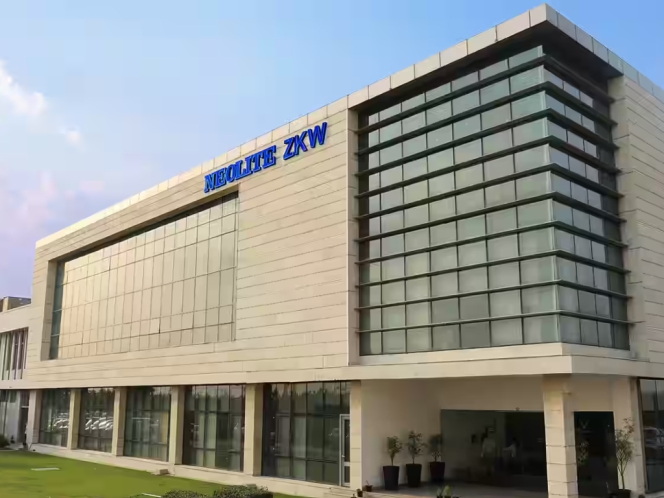
Haryana-headquartered Neolite ZKW Lightings, an automotive lighting manufacturer, has filed a Draft Red Herring Prospectus (DRHP) with the Securities and Exchange Board of India (SEBI) for an initial public offering (IPO).
The IPO comprises a fresh issue of equity shares worth up to INR 4 billion and an offer for sale (OFS) of INR 2 billion by existing shareholders, including Rajesh Jain, Neokraft Global Private and ZKW Group.
The company intends to allocate the net proceeds from the fresh issue to expansion and financial goals. This includes a new greenfield facility at an estimated investment of INR 1.5 billion in Kancheepuram, Tamil Nadu. An estimated INR 790 million towards plant, machinery and electronic expansion at current sites. Furthermore, INR 650 million towards repayment or prepayment of borrowings.
Founded in 1992, Neolite ZKW holds a 34.43 percent market share in India's commercial vehicle lighting segment for FY2025. The company maintains a strategic alliance with the ZKW Group, a subsidiary of LG Electronics.
The company operates three manufacturing units in Bahadurgarh and Pune, serving over 40 OEMs including Tata Motors, Stellantis and Daimler. Its portfolio includes 830 SKUs, with a focus on LED and electric vehicle (EV) lighting solutions.
For FY2025, the company reported INR 5.12 billion in revenue, of which exports contributed 55.08 percent share. The net profit for FY2025 came at INR 528.24 million, as against INR 155.85 million in FY2023. The order book as of 31st October 2025, stands at INR 1.71 billion.
At present, the company exports to over 50 countries, including regions in North America and Western Europe, positioning it as a significant Indian exporter of automotive components.



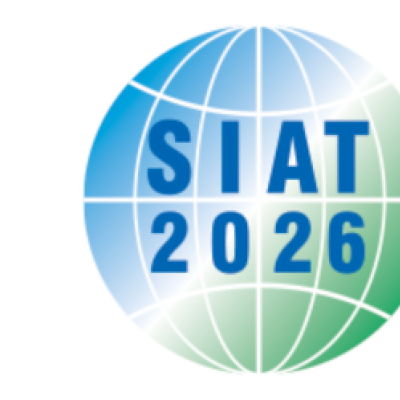
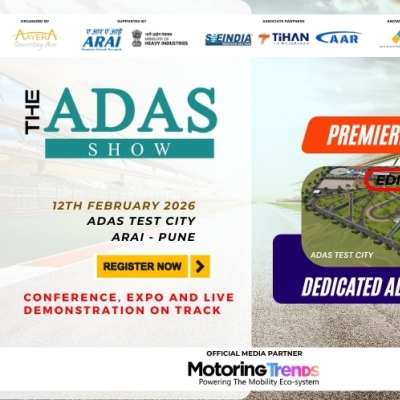
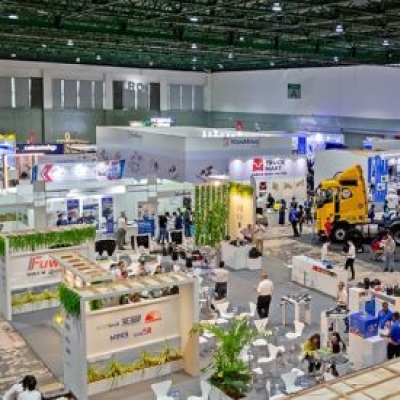

Comments (0)
ADD COMMENT